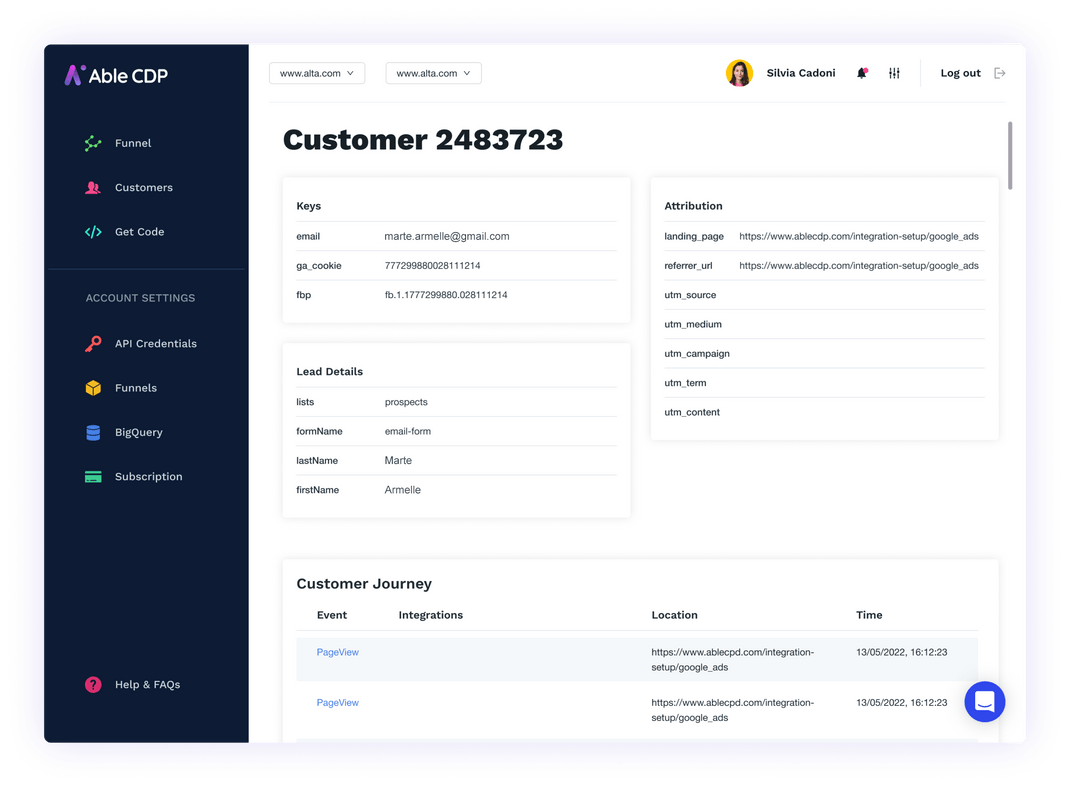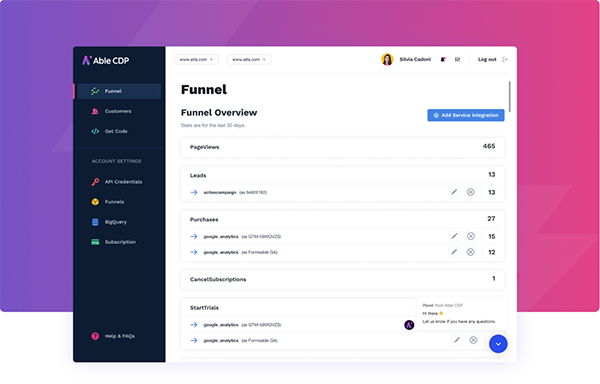E-Commerce funnels present unique challenges to tracking and attribution. Conversions occur in different systems, each using a different customer identifier.
On the website
When visitors come to the website, their sources and paid click ids should be recorded in order to allow analytics and ad platforms to attribute future revenue correctly.
In a marketing platform
In some funnels customers won't go to a checkout directly. Instead, they become leads that are part of marketing funnels and make a purchase later.
In the e-commerce platform
E-commerce platform is a source of truth for completed and fully paid purchases, but often lacks information about the customer source, lacking capability of linking it with the website visitor.
In a payment system
In some cases customers may be directed to pay in a payment system directly, such as when Stripe payment links are used.


















